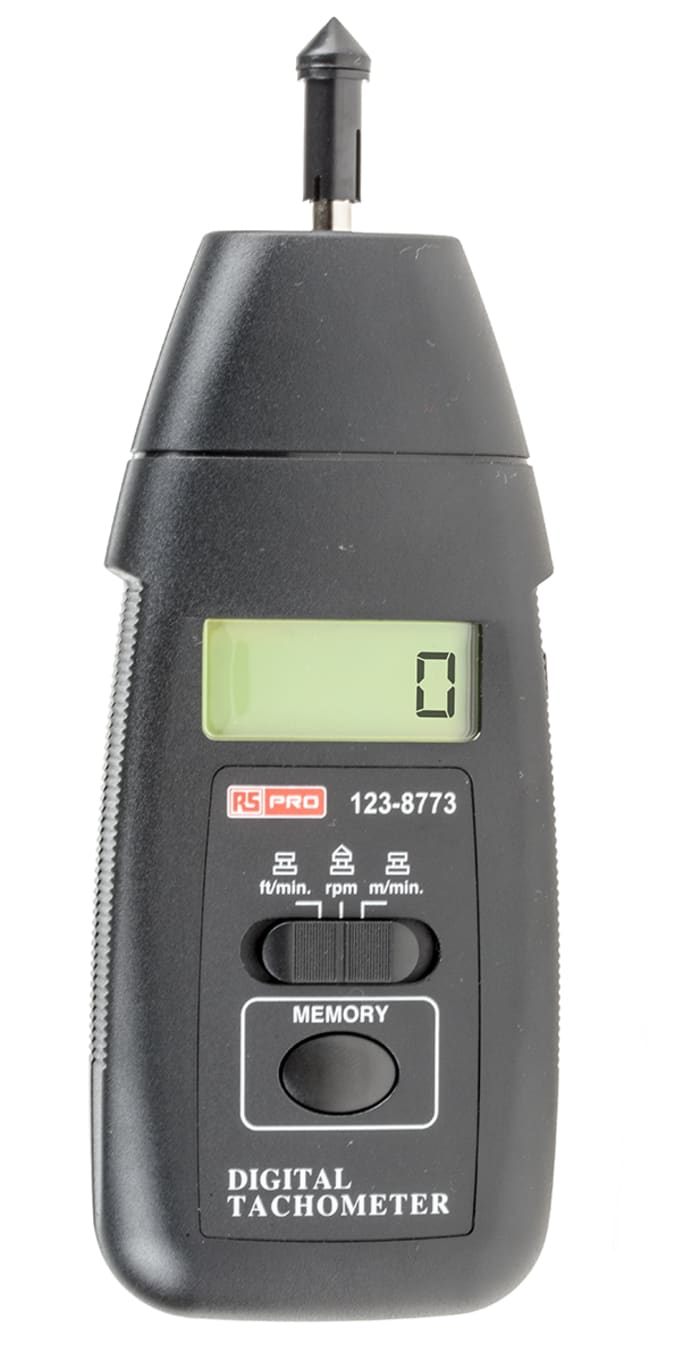How to Select the Right Tachometer for Your Cars And Truck or Motorbike
The Value of a Tachometer in Monitoring Engine Rate and Efficiency in Automotive Applications
In the world of automobile design, the tachometer stands as a crucial instrument in the vehicle driver's toolbox, supplying a straight home window right into the internal workings of an automobile's engine. Past its function as a mere scale of transformations per min (RPM), the tachometer works as a crucial tool for lovers and experts alike, offering real-time understandings right into engine performance and wellness. Understanding the importance of this gadget goes beyond surface-level observations, diving into the detailed partnership in between engine rate, power outcome, and total driving experience. As we discover the multifaceted duty of the tachometer in auto applications, a much deeper recognition for its influence on lorry characteristics and effectiveness begins to arise.
Importance of Keeping An Eye On Engine RPM
Monitoring engine RPM, or changes per minute, is a critical facet of automobile maintenance and efficiency assessment. Engine RPM straight correlates with the rate at which the engine's crankshaft turns, indicating just how rapidly the engine is running.
Furthermore, checking engine RPM is crucial for efficiency assessment in racing and high-performance lorries. Preserving ideal RPM levels is essential for achieving peak power output and acceleration. Racers often use tachometers to ensure they are running within the suitable RPM array for optimum efficiency. In summary, checking engine RPM is not just crucial for discovering concerns however likewise for enhancing engine efficiency in different vehicle applications.

Benefits of Real-Time Information
In auto applications, real-time data plays a vital duty in providing immediate understandings into the efficiency and problem of the car. By constantly monitoring different criteria such as engine rate, temperature level, gas consumption, and much more, real-time information provides many benefits that add to improved efficiency and safety and security when traveling.
Additionally, real-time information helps with efficiency optimization by providing immediate responses on driving behaviors and engine performance. Chauffeurs can change their habits in real-time based on this info to accomplish better fuel economy and prolong the life expectancy of their car.

In addition, real-time data plays an important function in contemporary auto diagnostics, allowing service technicians to quickly diagnose and resolve breakdowns. This brings about lowered downtime, reduced upkeep expenses, and eventually, improved total lorry integrity and longevity (tachometer). By taking advantage of the power of real-time data, automobile stakeholders can make enlightened choices that positively affect both the performance and durability of the lorry
Influence on Gear Shifts
Reliable equipment changes in automotive applications significantly affect total performance and driving experience. The tachometer plays an essential role in optimizing equipment shifts by providing real-time engine rate data to the vehicle driver. When approaching the redline on the tachometer, it signifies the driver to upshift to avoid over-revving the engine and triggering potential damage. On the other hand, downshifting at the right minute can help maintain the engine click to read in its power band, making certain responsive velocity when required.
Furthermore, the tachometer aids in attaining smoother gear changes, especially in hand-operated transmissions. By monitoring engine speed, motorists can perform gear changes at the optimal RPM array, reducing snagging motions and reducing endure the transmission elements. This accuracy in gear changes not only improves driving convenience however also adds to fuel efficiency.
Enhancing Fuel Efficiency
Given my company the vital role the tachometer plays in enhancing gear changes for performance and engine wellness, it straight adds to making best use of gas effectiveness in automotive applications. By offering real-time responses on engine rate, the tachometer assists motorists in preserving one of the most reliable RPM variety for fuel economy. When chauffeurs constantly check the tachometer and readjust their driving routines accordingly, they can avoid unneeded gas consumption triggered by over-revving or lugging the engine.
In addition, the tachometer aids chauffeurs recognize the most fuel-efficient gear to be in at any type of given minute, avoiding the engine from functioning more difficult than needed. In conclusion, the tachometer offers as an important tool in boosting fuel performance by advertising optimal driving habits and recognizing areas for enhancement in the automobile's performance.

Optimizing Engine Longevity
The tachometer's function in keeping track of engine rate and efficiency contributes in ensuring the longevity of vehicle engines. By making use of the tachometer effectively, motorists can enhance engine longevity through conscious RPM administration. Regularly revving an engine too expensive can lead to too much deterioration on crucial parts, such as the pistons, shutoffs, and bearings. In time, this can cause reduced engine performance and possible breakdowns. Checking the tachometer enables drivers to remain within the recommended RPM array for their car, preventing unneeded read review strain on the engine and prolonging its lifespan.

Final Thought
In conclusion, the tachometer plays a critical function in monitoring engine rate and efficiency in vehicle applications. By providing real-time information on RPM, it allows for effective equipment shifts, boosted fuel performance, and optimized engine longevity. This device is essential for preserving optimal engine efficiency and ensuring the general capability of a car.